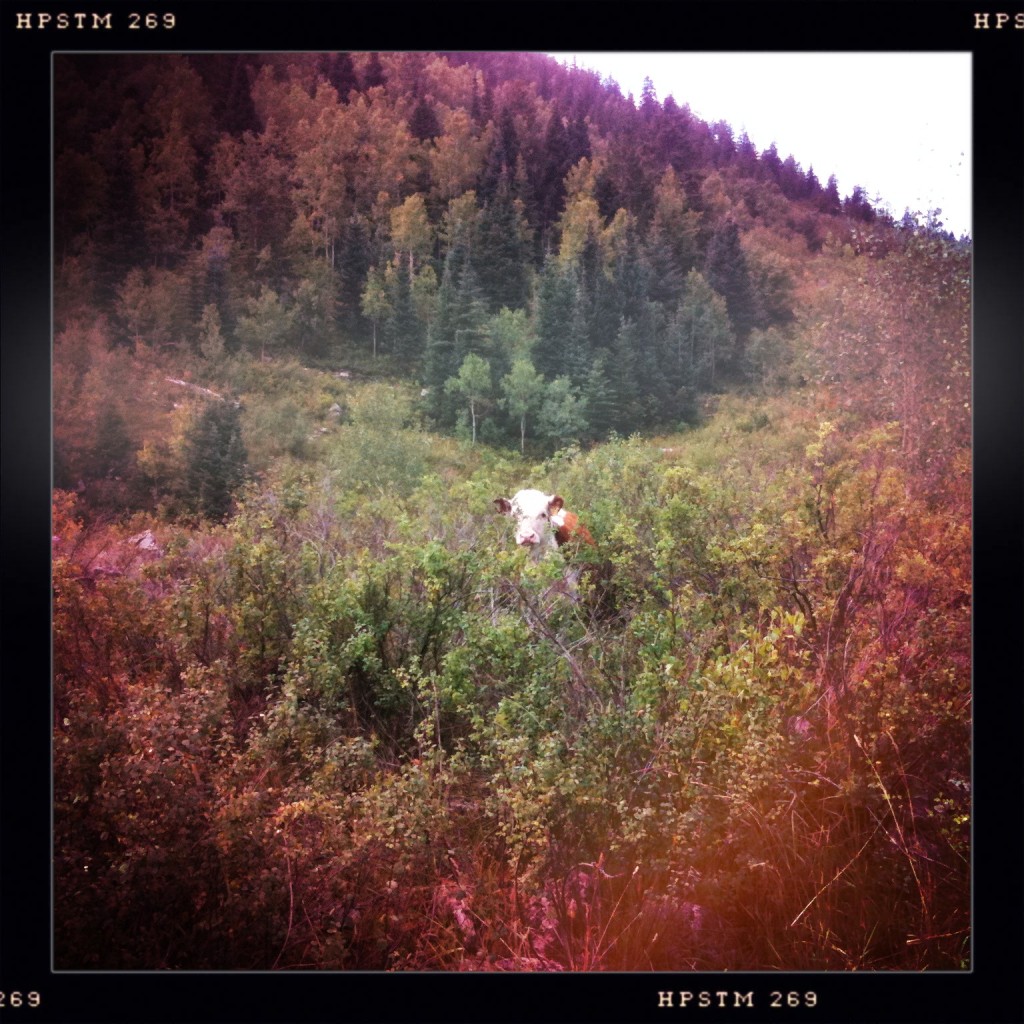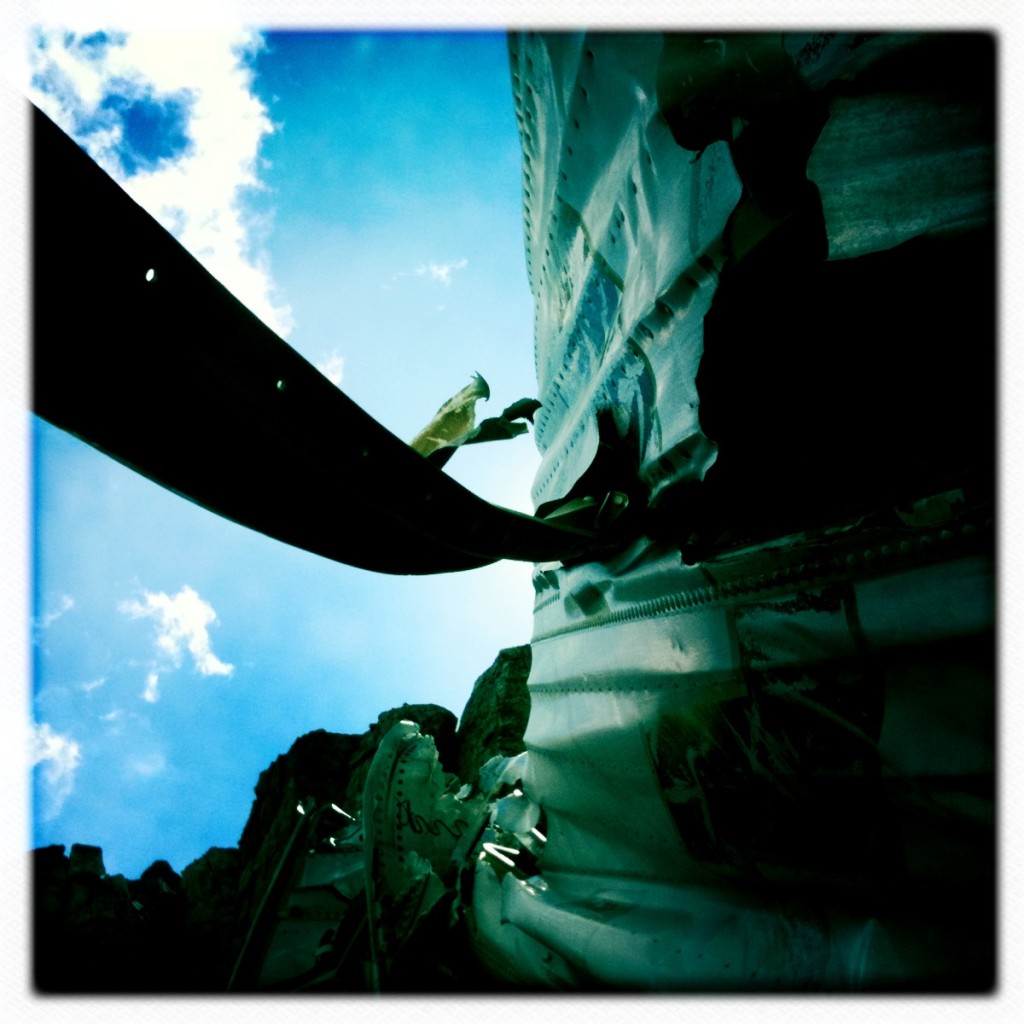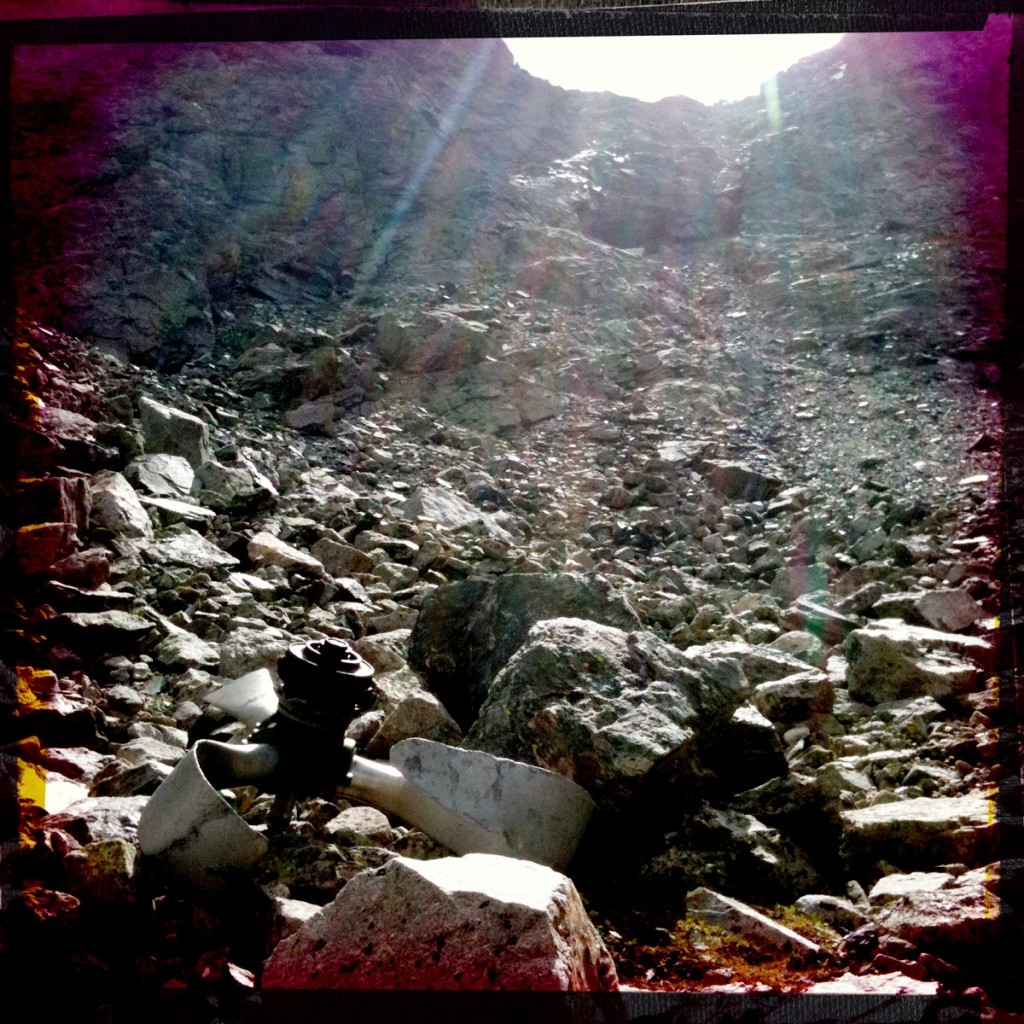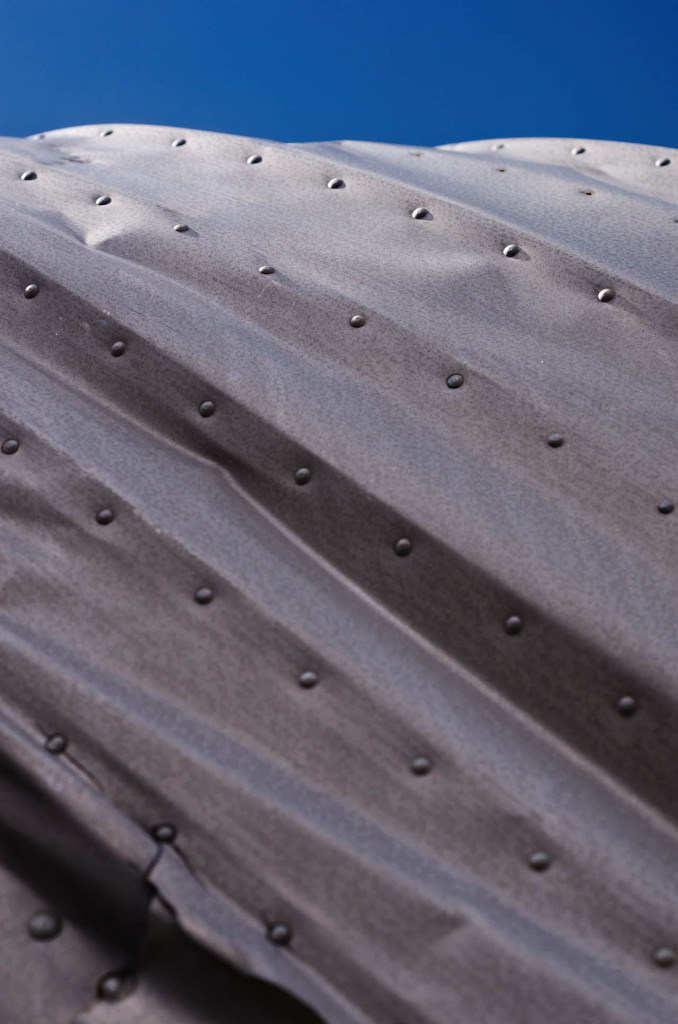Monthly Archives: December 2015
Lynne Ramsay | Director
Lynne Ramsay
Small Deaths (1996) (short)
Kill the day (1996) (short)
Gasman (1997/1998) (short)
Ratcatcher (1999)
Morvern Callar (2002)
Doves “Black and White Town” (2005) (Music Video)
We Need to Talk About Kevin (2011)
Swimmer (2012) (short)
Every Frame a Painting | Tony Zhou | “Lynne Ramsay – The Poetry of Details”
Emmanuel Lubezki | Cinematographer
Emmanuel Lubezki
Variety article: Lubezki and The Revenant.
Sólo con tu pareja 1991 Alfonso Cuarón +
Como agua para chocolate 1992 Alfonso Aráu
Reality Bites 1994 Ben Stiller
The Birdcage 1996 Mike Nichols
Meet Joe Black 1998 Martin Brest
Great Expectations 1998 Alfonso Cuarón +
Sleepy Hollow 1999 Tim Burton
Ali 2001 Michael Mann
Y Tu Mamá También 2001 Alfonso Cuarón +
The Cat in the Hat 2003 Bo Welch
Lemony Snicket’s A Series of Unfortunate Events 2004 Brad Silberling
The New World 2005 Terrence Malick*
Children of Men 2006 Alfonso Cuarón +
To Each His Own Cinema 2007 Alejandro González Iñárritu (3 Mins. short, Anna) #
Burn After Reading 2008 The Coen Brothers
Write the Future 2010 Alejandro González Iñárritu (TV Commercial) #
The Tree of Life 2011 Terrence Malick*
To the Wonder 2012 Terrence Malick*
Gravity 2013 Alfonso Cuarón +
Birdman or (The Unexpected Virtue of Ignorance) 2014 Alejandro González Iñárritu #
Serial

Maroon Bells-Snowmass Wilderness


 Maroon Bells-Snowmass Wilderness.
Maroon Bells-Snowmass Wilderness.  Aspen.
Aspen.  Snow White has always been into short guys.
Snow White has always been into short guys. Cows in the wild.
Cows in the wild.

 φ.
φ.

Navajo Peak and Airplane Gully ||

Navajo Peak and Airplane Gully

Navajo Peak and Airplane Gully. Part of the wreckage of the DC-3 can be seen below the center of the picture.
Excepts from the 1948 Accident Investigation Report:
[Aircraft] NC-206 [DC-3] departed from Denver, Colorado, at 1602 [January 21, 1948] for Grand Junction, Colorado.
Twenty-two minutes later, at 1624, the CAA communication station at Denver received a position report from the flight that it was at an altitude of 14,500 feet, 500 feet over the top of clouds, and 20 miles west of Denver. The flight also reported that they were experiencing severe turbulence.
At approximately 1630, aircraft NC-206[…] crashed 7 miles west southwest of Ward, Colorado, on Navajo Peak. The 3 occupants aboard were killed, and the aircraft was completely destroyed.
Impact and fire which followed completely destroyed the airplane.
A search was organized, and in spite of snowstorms and unfavorable weather on the night of January 21, 1948, search parties moved into the mountainous area from which the aircraft had last been heard. Snow continued for 7 days, covering the wreckage, and making it practically impossible to locate from either the air or the ground. As a result, the search parties were recalled January 28, but the aerial search continued. On May 23, 1948, the wreckage was located by an Air National Guard. It was found slightly below the summit and on the north side of Navajo Peak, which is approximately 7 miles west southwest of Ward, Colorado, or about 45 miles west northwest of Denver. Immediately after the wreckage was located from the air, a ground search party was dispatched to the scene […]The search party found that the aircraft had struck the north northeast side of Navajo Peak approximately 500 feet below the summit, and at an elevation of 12,900 feet above sea level. […] First point of impact was on an almost vertical wall of rock, and the places where the engines had struck were clearly defined by oil spots and scars in the rock.
Probable Cause
The Board determines that the probable cause of this accident was an excessive loss of altitude resulting from a downdraft in an area of severe turbulence.—
One of the men that died in the accident was survived by a four-month-old son.
Navajo Peak, Indian Peaks Wilderness.

Jangsan
Raoul Coutard | Cinematographer
Raoul Coutard
Contempt Le Mépris (1963) | Jean-Luc Godard
Breathless À bout de souffle (1960) | Jean-Luc Godard
My Life to Live Vivre sa Vie: Film en Douze Tableaux (1962) | Jean-Luc Godard
Alphaville Alphaville, une étrange aventure de Lemmy Caution (1965) | Jean-Luc Godard
Week End (1967) | Jean-Luc Godard
Band of Outsiders Bande à part (1964) | Jean-Luc Godard
A Woman Is a Woman Une Femme est une femme (1961) | Jean-Luc Godard
First Name: Carmen Prénom Carmen (1983) | Jean-Luc Godard
Photography, space dogs + treasure
Russia before the revolution. Slide show wired magazine.
Street photography. Slide show lensculture.
Lighting films with mirrors, as in Rashomon forest scene, and flash and mirror photography.

wikimedia
Laika Лайка and the Soviet Space Dogs
“Belka Белка and Strelka Стрелка spent a day in space aboard Korabl-Sputnik 2 on 19 August 1960 before safely returning to Earth.
They were accompanied by a grey rabbit, 42 mice, 2 rats, flies and several plants and fungi. All passengers survived. They were the first Earth-born creatures to go into orbit and return alive.” wikipedia.
Shipwreck off the coast of Colombia.





















